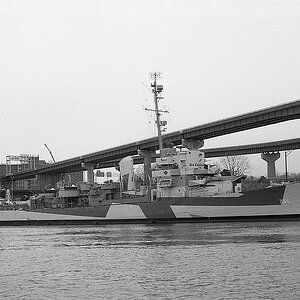Guido44
TPF Noob!
- Joined
- Nov 15, 2008
- Messages
- 190
- Reaction score
- 0
- Location
- Near Chicago.
- Website
- www.danfarinastudios.com
- Can others edit my Photos
- Photos OK to edit
Hi all,
Can anyone point me to a good link (or advice) on image dimensions vs. actual print sizes. What I mean is, how the actual each photo will be cropped with regard to each individual print size?
I did some test prints yesterday, and I was a little disappointed that depending on the print dimensions, my shots had about 5 or 10% of the top and bottom cut off, or the edges.
Is there a preferred image size? Do you limit the prints sizes available to clients to avoid screwing up (cropping) your work?
My D300 takes originals at 2848 x 4288.
Thanks,
dan
Can anyone point me to a good link (or advice) on image dimensions vs. actual print sizes. What I mean is, how the actual each photo will be cropped with regard to each individual print size?
I did some test prints yesterday, and I was a little disappointed that depending on the print dimensions, my shots had about 5 or 10% of the top and bottom cut off, or the edges.
Is there a preferred image size? Do you limit the prints sizes available to clients to avoid screwing up (cropping) your work?
My D300 takes originals at 2848 x 4288.
Thanks,
dan





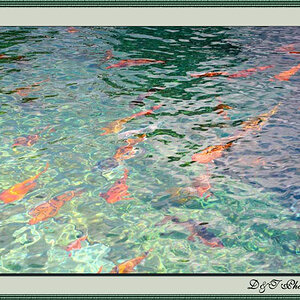
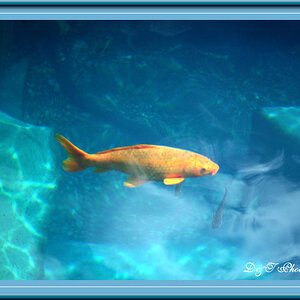
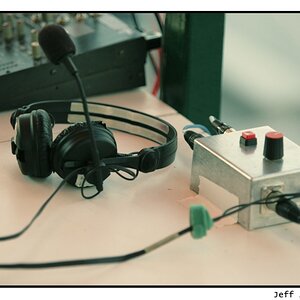
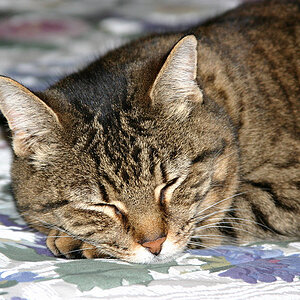
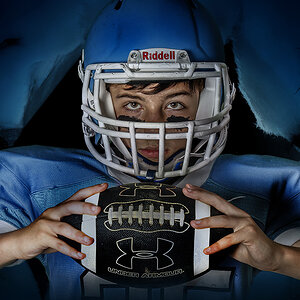
![[No title]](/data/xfmg/thumbnail/34/34073-71bff52a53b8313ff2bcccab6b05f9b8.jpg?1619736266)
![[No title]](/data/xfmg/thumbnail/33/33340-27d18dd642b5257e4b9a04a4c1feffd1.jpg?1619735910)

